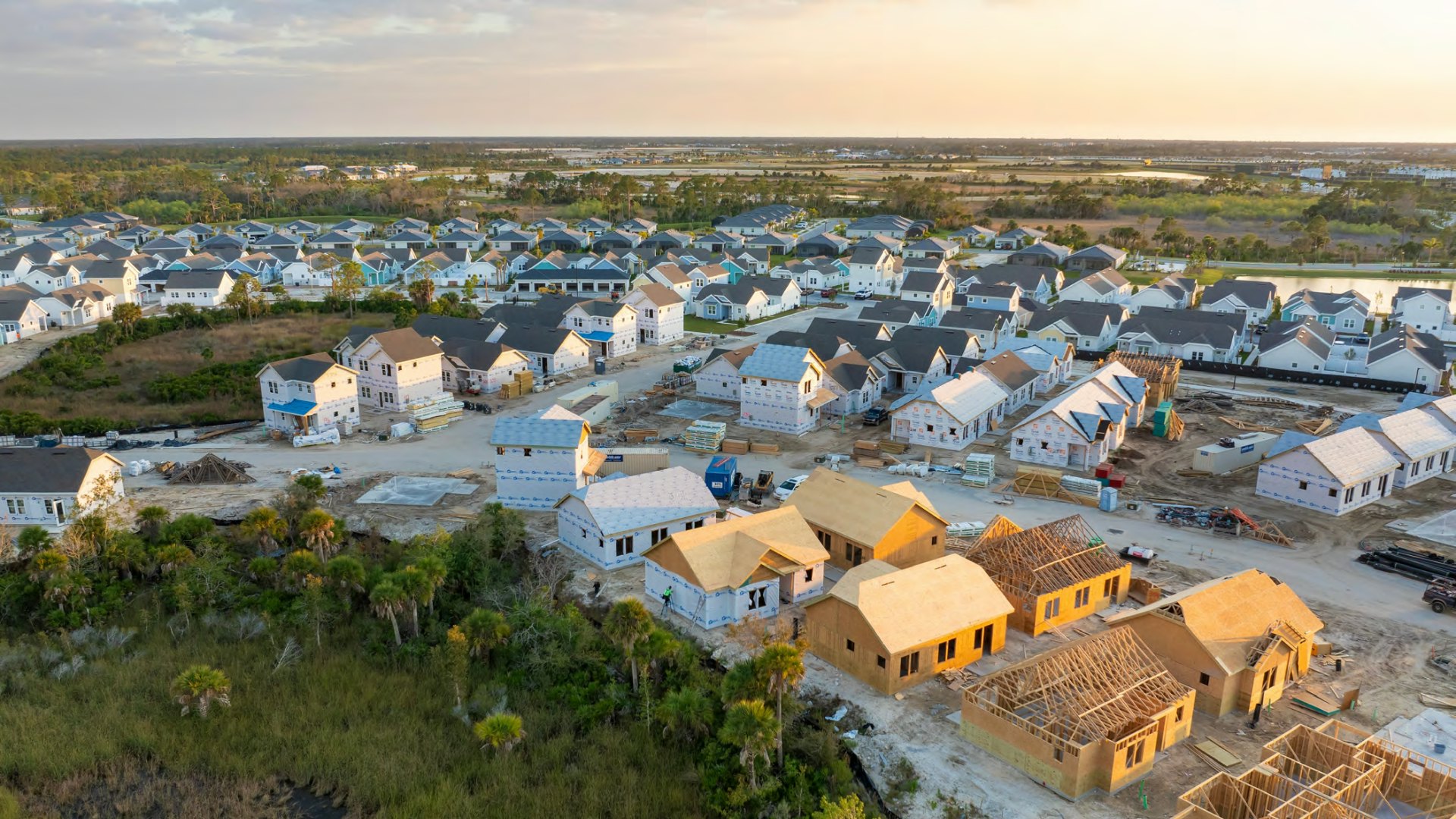A myriad of factors including crime, institutional weakness, and even COVID-19 are pushing Central Americans to migrate to the U.S. However, there is a sense in which demography truly is destiny, and many of these other conditions have their roots in the region’s demographics.
A complicated mix of push and pull factors are driving thousands of Central American children to flee poverty and violence and make the long, dangerous journey to the United States in search of safety and opportunity.
One of the most significant push factors—what drives someone to leave their home— in the Northern Triangle is its demographic composition. Specifically, the region, compromised of Guatemala, Honduras, and El Salvador, has a much younger working age population than wealthier economies such as the U.S.
Per the United Nations, 30% of people in Guatemala and Honduras, and 28% of people in El Salvador, are between the ages of 15 and 29 (what The World Bank considers youth and young adults). In the U.S., only 20% of the population falls in that age bracket. What is more, the youth and young adult population has been surging in the Northern Triangle over the past two decades. It has grown 51% since 2000, versus growth of only 16% in the U.S.
Unfortunately, the surge of young people has not coincided with a surge of opportunity. A full 28% of people between the ages of 15-29 in El Salvador and Honduras were not in education, employment, or training as of 2019, according to the World Bank. In other words, they were idle. In Guatemala, 27% were idle as of 2017 (the latest year available). In the U.S., only 13% were idle as of 2019.
El Salvador, Guatemala, and Honduras score in the bottom quartile on the George W. Bush Institute-SMU Economic Growth’s Global Competitiveness Scorecard’s Business Environment measure, which includes measures such as innovation, ease of starting a business, and labor market efficiency. Each of the Northern Triangle countries has seen their business environment score decrease since 2007. In the most extreme case, El Salvador’s score decreased 24 points, from the 42nd percentile in 2007 to the 18th percentile in 2020. Along with other factors, a weak business environment means there are not enough jobs are available to employ young people entering adulthood and looking for work—holding the region back economically.

































